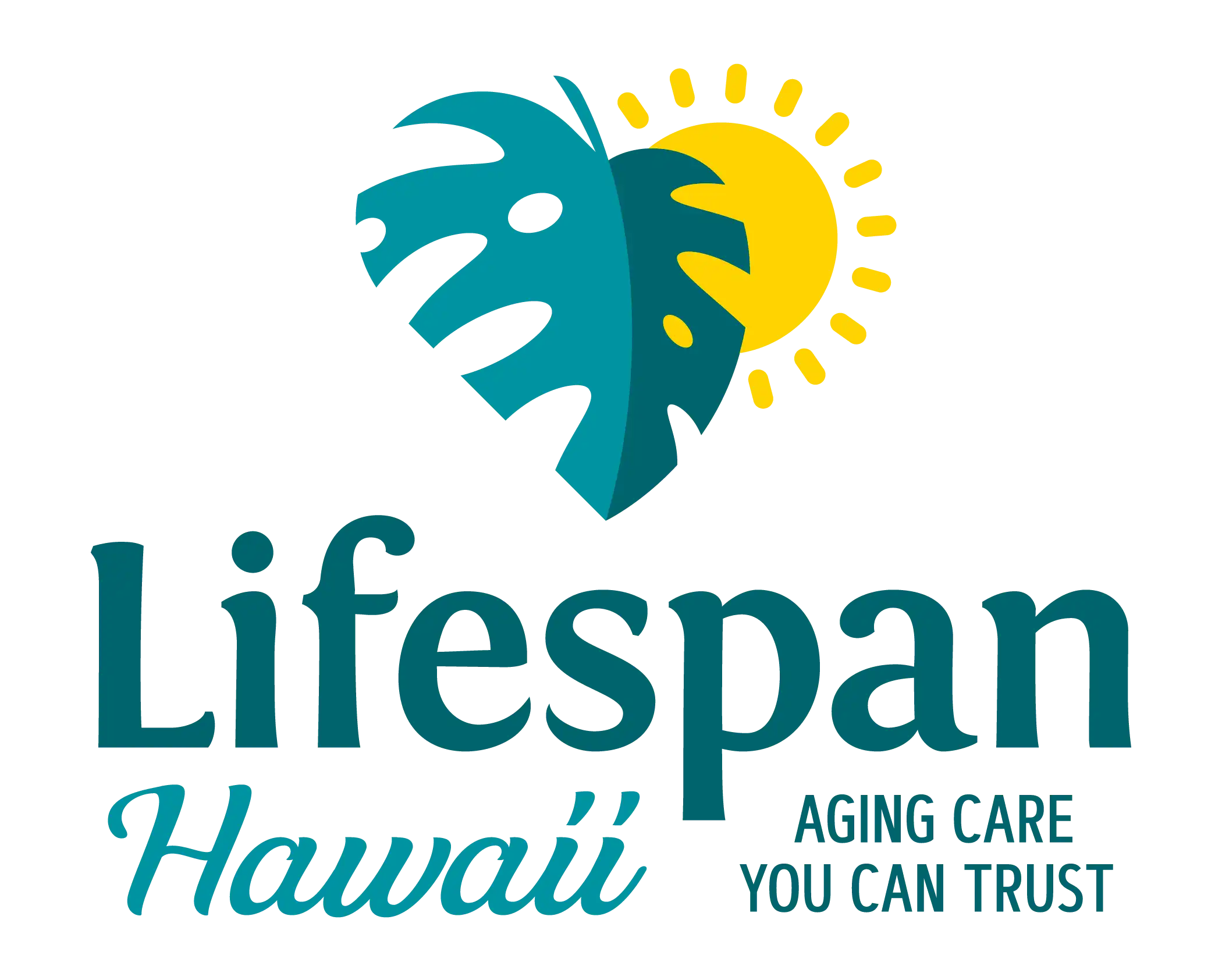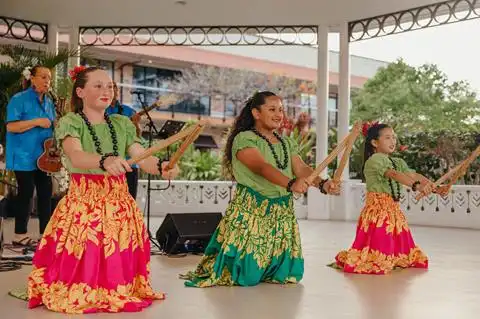Miloli‘i park improvement project moves forward; residents concerned it will lure more tourists

In the rural, coastal town of Miloli’i, Hawai’i County is working on a $1.75 million Beach Park Accessibility Improvement Project — the last of 35 around the island to be done to meet federal requirements of the Americans with Disabilities Act that were further mandated by a 1997 lawsuit against the county.
The Miloliʻi project will create new comfort stations and a parking lot that are all accessible, along with other upgrades.
On the 1.41 acres of land, the project also includes reconstruction and resurfacing of the surrounding basketball and volleyball courts, construction of a new playground and a surrounding chain-linked fence, and the designation of a boat turnaround area.
Some Miloli’i residents see the benefit of creating a new space for keiki and themselves to enjoy. But others are more cautious. Their concerns range from the current leach system, location of the new boat turnaround area, and a hālau built by a Miloli’i elder with visiting Native Americans — which the county says is unpermitted but also agreed to in the 1980s — is going to be torn down from its current site.
They are worried the improvements will attract more tourism to the culturally-significant community.
Miloliʻi already has been experiencing more visitors. The community also has undergone some other challenges recently, including a growing subdivision next door that does not have proper wastewater treatment and a long wait for their new education and community center.
After years of back and forth over project plans and proposals, members of the community are asking for more conversations to take place to bring harmony and balance to the project before the county moves forward with it.
Since 2019, the county has met with the Miloli’i community five times, but some residents say that was not enough to address the complex issues that they’ve been trying to address prior to the project.
For starters, the park is a small area that bumps up against private, family land with generational ties to Miloli’i. It’s also a place where students gather for school, where the community meets to come together and make decisions, and where families host birthday parties and other celebrations.
Some residents say there are safety and logistical issues involved as well.
Miloli’i does not have a municipal sewer system. The existing park is currently serviced by an individual wastewater system comprised of a septic tank and leach field. There have been concerns documented over high bacteria levels found at the beach park, with the source of the contamination undetermined. That leach field will still be used during the upgrade and no comment has been made on when, or if, the county plans to upgrade that system.
There also is no county or private water, electricity or telephone services available at the park. The closest hospital is 30 miles from the project, and the closest police stations are 30 to 40 miles away. The road to the park is also a tight and narrow drive for heavy equipment.
The surrounding waters along the park also are protected, and includes the Miloli’i Community-Based Subsistence Area to safeguard the village’s traditional fishing practices.
Some residents are concerned about the effects of construction and increased human traffic in that area.
Laila Kaupu, a fifth-generation Miloli’i fisher, who sees the benefit in a new space for the community said, still: “We need to come together around the table with open minds, open hearts and open ears.”
Last week, the Leeward Planning Commission voted to approve a Special Management Area Use Permit and Shoreline Setback Variance for the proposed project.
The county submitted a 542-page report, which includes an Environmental Impact Statement, Environmental Assessment, testimonies from the community, and information from Bow Engineering & Development, who worked on the plans.
The project also includes installation of vehicular barriers to prevent unauthorized vehicles from accessing the shoreline and replacement of the non-potable water storage and a booster pump station for a new comfort station.
The new parking lot will have 16 additional stalls, including 4 designated ADA.

During the recent Leeward Planning Commission meeting, James Komata, the Park Planner at the County Department of Parks and Recreation, was asked why the project did not include replacing the leach field from the beginning.
Komata said the county had two consultants perform tests near the area to look at the levels of bacteria in the waters there and, according to the consultants, “it doesn’t look like there’s a direct connection between the park’s bathroom system and the condition of the shoreline waters.”
Regardless, Komata said the county recognized it was a concern of the community.
The current bathroom waste system was converted from a cesspool to a septic tank system with a leach field in the early 2000s. He said the current system complies with the Department of Health so instead of replacing the system, the county is looking at separating all the waste.
Any waste generated by the new bathrooms will go into a holding tank and any non-fecal matter will go through the current leach field.
The holding tank will then be pumped out regularly and removed completely from the site and therefore won’t negatively impact the environment, he said.
He also said putting in a new system won’t work at the park because the area doesn’t have electricity or a constant source of power needed to energize the types of systems that exist today.
The holding tank will be buried underground near the current septic system and the potable water tank will be placed above ground inside the building that houses the restrooms.
Komata also said during the meeting that when the county first started the project, it ran into several issues, starting with the hālau, which he said is in “fairly poor shape” and is too close to the seawall. The county also had to shut down the current comfort station because the underground piping is “gone and deteriorated to the point it can’t be used.” Currently, portable toilets are being used.

“The project here, to bring the park into compliance with ADA, is marrying up well with the need to address a lot of the deferred maintenance in repair to bring the basic elements of the park to a functional state,” he said.
During the past few years, there’s been a lot of back and forth between the residents and the county over how to pursue the project. The county’s initial plans — to increase the number of parking stalls and increase the number of campsites from 22 to 50 — got the conversations started on a bad note.
The initial plans also didn’t include a boat turnaround for fishermen or what they planned to do with the famous “Miloli‘i, Last Fishing Village in Hawai’i Nei” sign which left some residents wondering where the county’s true intentions lay – supporting the community, or catering to visitors.
However, during the process, some residents’ requests were met. The county agreed to build a playground and to keep the outdoor courts because they are remnants of the old Miloli’i school that predates the park. They also said they will build a new hālau in the same character and appearance as the current one.
There were no public comments during the last committee meeting to discuss the project’s permit application, but there were numerous questions and concerns documented in public testimony.
Milioliʻi resident Wilfred Kaupiko requested in public testimony that a Cultural Impact Statement be done. The report said a Cultural Impact Analysis was not completed, and the applicant used a 2006 and 2012 assessment instead.
Lynelle Paulo, who lives at the park and was born and raised in Miloli’i, said the process has been burdensome.

“It shouldn’t be where the people of the community start to feel like they’re being squeezed out,” she said.
She fears the improvements don’t address the problems the village is currently having with tourists, who she says park in the county parking lot but wander around the village or on private property, which is illegal. Outside of the 1.4 acres of the county park is all private land.
There is a handwritten sign the community put up to help inform tourists about what is private property. Some residents are waiting for requested official signs to be put up by the county.
“They’ve had input from the residents from here but it seems like it goes in one ear and out the other,” Paulo said.
She hopes there can be a true “meeting of the minds” to sort out the lingering issues.
“The county is obligated to the people here. It is their duty it remains Hawaiian,” she said.

The next required step is for the Hawai’i County Department of Parks and Recreation to obtain a Conservation District Use Permit from the state Department of Land and Natural Resources. Once it is obtained, the plan can be submitted to the Planning Department for consideration.
If the Planning Department approves the plan, the County then can apply for a building permit.
A request for an interview with County Parks and Recreation Director Maurice Messina was denied. An email invitation for an interview with James Komata was never responded to.












